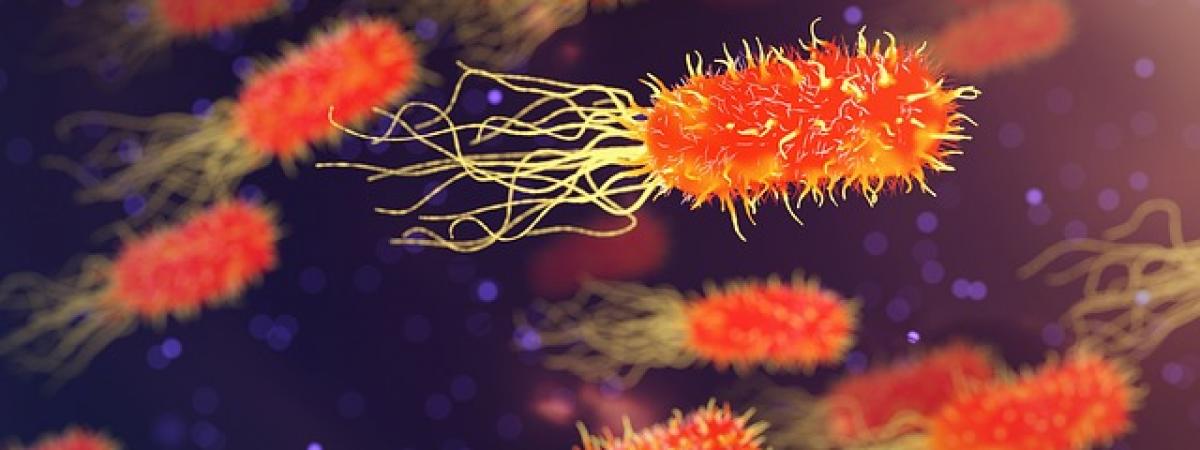Everything you need to know about antibiotics
published in Reader's Digest,
09 August 2015

Your body contains 10 times as many bacterial cells as human cells. There are 100,000 bacteria on every square centimetre of skin and 2 kg of bacteria in the intestine. Most are harmless, many are indispensable, some cause disease for which antibiotics are needed.
What are bacteria?
Bacteria live happily in the warm, moist human body, and humans rely on them to make important vitamins for blood clotting, energy production and nerve function: we live in partnership with each other - but not always. As well as being a vital army in the body, bacteria can become a fearless enemy, ready to attack.
Attack from within and without
Our resident bacteria can cause infection if the immune system is low or if they set up home in the wrong part of the body. (For example, if bacteria from your bowel enter the urinary tract after going to the toilet, you may get a urinary tract infection). Bacteria can invade the body, commonly through the mouth, ear or from a skin wound.
Bacteria can be a deadly enemy: of the 10 million soldiers who died in World War 1, about half died from infection.
Defence from within and without
Once attacked, the immune system launches a mighty defence, very often destroying the enemy and eliminating the infection. Sometimes the enemy prevails and antibiotics are needed.
Today more than 10,000 substances with antibiotic properties are known, but the antibiotic revolution began in the 1940s with the discovery of penicillin. Most people name Alexander Fleming as the founder of penicillin (and there is even an asteroid in his name to recognise this). Although Fleming identified penicillium the mould, it was Florey, Chain and Heatley turned it into the life-saving drug – fascinating indeed that one living organism (mould) can be used to kill another (bacteria): it works by making the bacterial cell walls collapse.
Penicillin has saved more than 80 million lives
It is still in use, commonly in synthetic forms such as amoxicillin and flucloxacillin. Thanks to antibiotics diseases such as diphtheria are virtually eradicated, and infections less deadly. Most antibiotics are well-tolerated although mild, and occasionally serious, side effects can occur. Some antibiotics can affect how warfarin and statins work, though doctors monitor this.
Time to celebrate victory?
No: the enemy is still armed. The bacteria that cause infection don’t surrender easily.
Whilst many can be killed by antibiotics, some mutants escape and manufacture new weapons and armour, effortlessly keeping pace with our attempts to deal with them.
Their new weapons include enzymes to inactivate the antibiotic; their new armour involves changes in their cell walls that stop the antibiotic attaching or cause it to be expelled once within. As a result these bacteria are entirely resistant to the antibiotic.
Worryingly, these mutant bacteria can transfer their weapons and armour to neighbouring bacteria, increasing resistance. If an antibiotic is then taken to destroy the sensitive, unarmed bacteria, the resistant bacteria can thrive, having unhindered access to food and space. This is how MRSA began, and it is why diseases such as tuberculosis are no longer easily treatable.
Dr Brown, consultant microbiologist at Addenbrookes Hospital summed it up when he said, “Taking antibiotics when you don’t need them can mean they lose their ability to kill bacteria”.
Let’s treasure the antibiotics we have, and use them sensibly to limit the development of drug-resistant infections.
